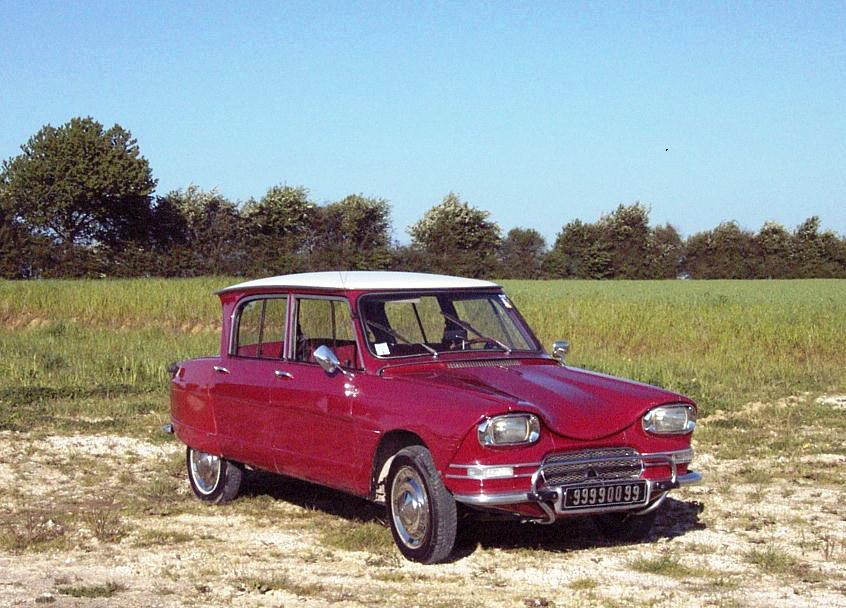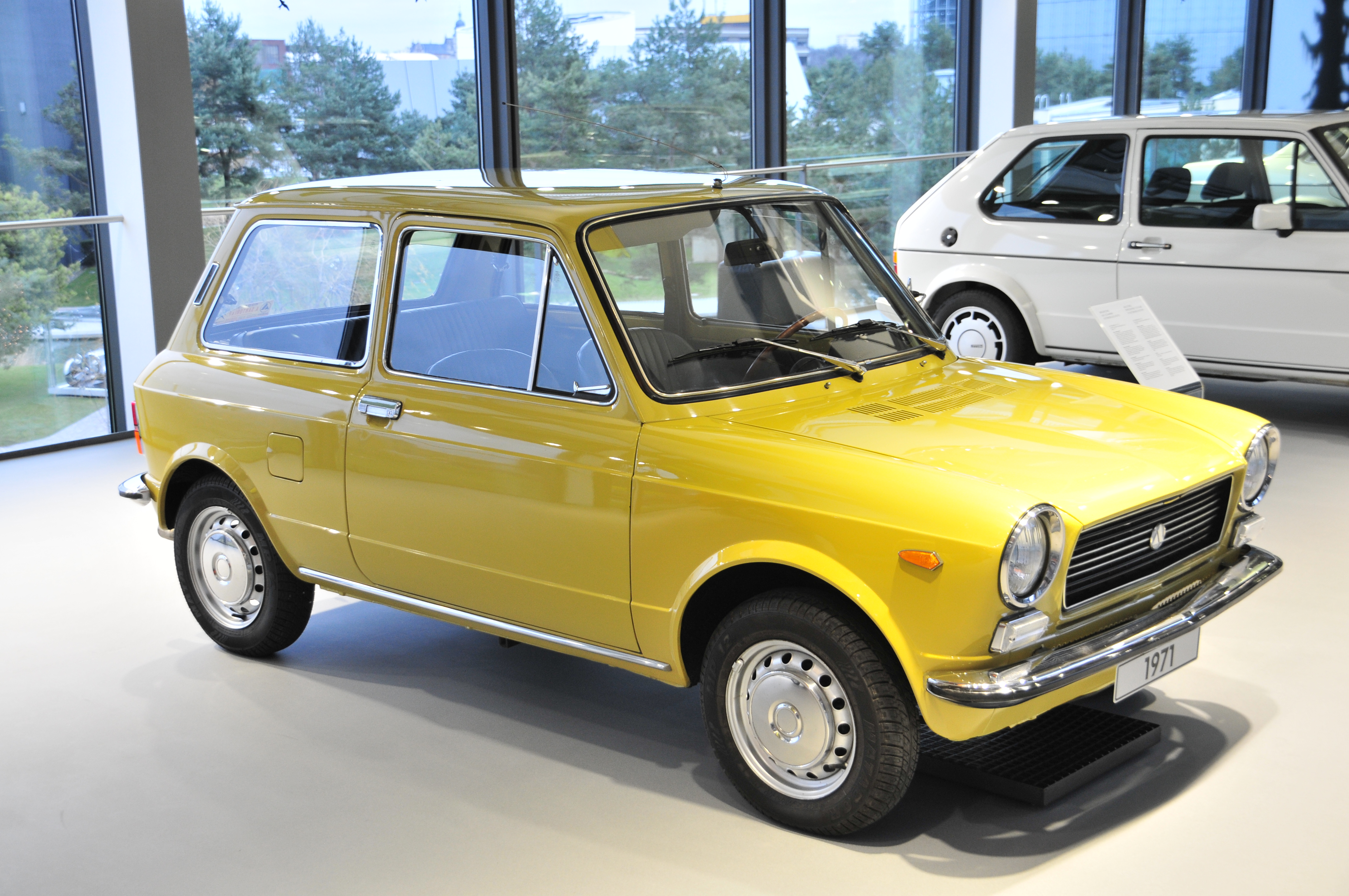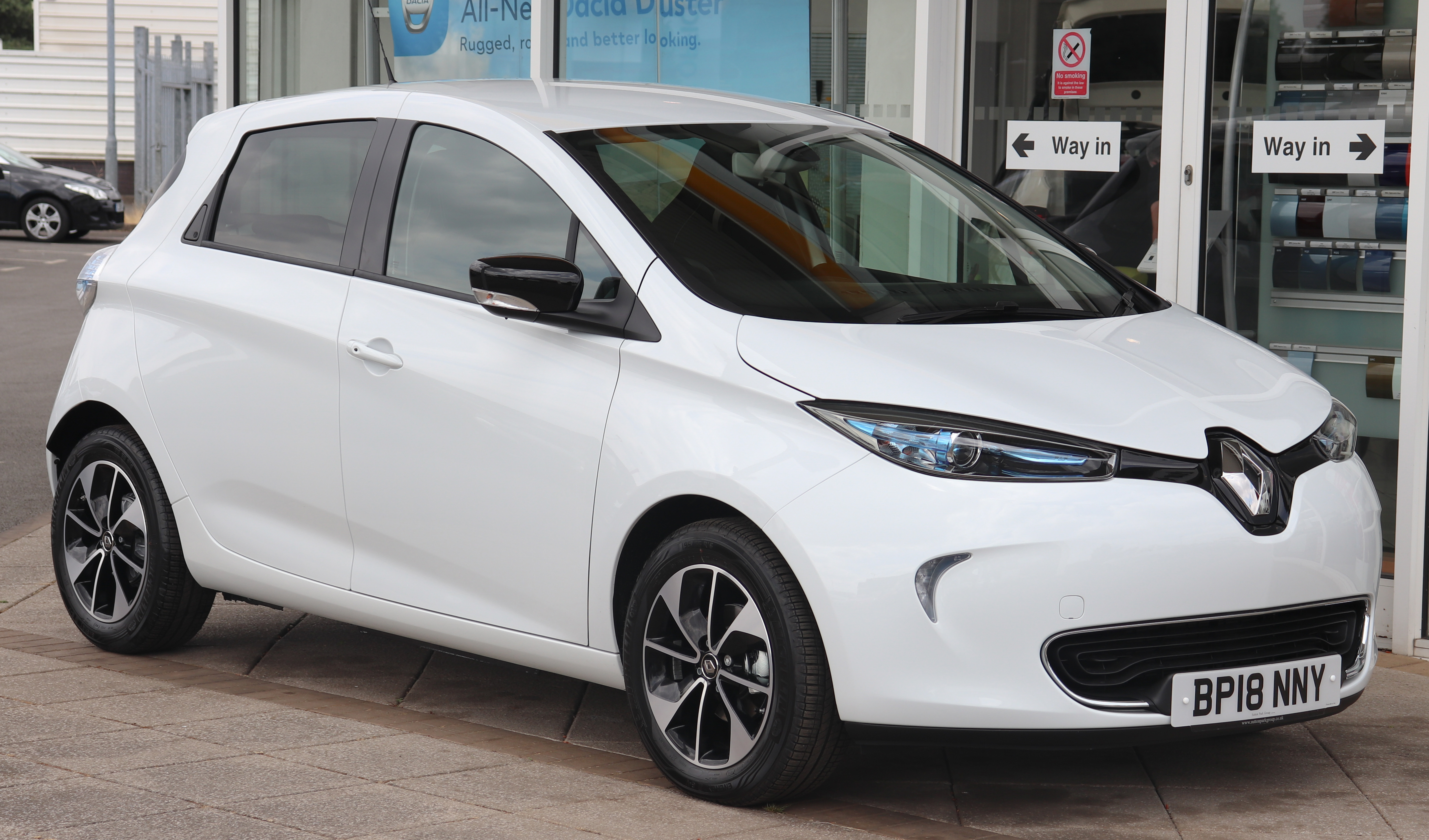|
Citroën Visa
The Citroën Visa is a five-door, front-engine, front wheel drive supermini car, supermini manufactured and marketed by Citroën from 1978 to 1988 in gasoline and diesel variants. 1,254,390 examples were ultimately manufactured over a single generation, with a single Facelift (automotive), facelift (1981). China has also assembled the car as the Liuzhou Wuling LZW 7100 minicar. Production started in 1991 and finished in 1994. Citroën commissioned Heuliez to produce a Visa convertible variant, marketed as the ''Décapotable'' (1984), and a box van variant (1985–2005) was marketed as the Citroën C15. A sedan variant was prototyped but never manufactured. Development In 1965 Robert Opron began working on the Citroën G-mini prototype and project EN101, a replacement for the 2CV using its flat twin engine and intended to launch in 1970. The advanced space efficient designs with compact exterior dimensions and an aerodynamic drag co-efficient Cd of 0.32, were never fully ... [...More Info...] [...Related Items...] OR: [Wikipedia] [Google] [Baidu] |
Citroën
Citroën ()The double-dot diacritic over the 'e' is a diaeresis () indicating the two vowels are sounded separately, and not as a diphthong. is a French automobile brand. The "Automobiles Citroën" manufacturing company was founded on 4 June 1919 by André Citroën. Citroën has been owned by Stellantis since 2021 and previously was part of the PSA Group after Peugeot acquired 89.95% share in 1976. Citroën's head office is located in the Stellantis Poissy Plant in Saint-Ouen-sur-Seine since 2021 (previously in Rueil-Malmaison) and its offices studies and research in Vélizy-Villacoublay, Poissy (CEMR), Carrières-sous-Poissy and Sochaux-Montbéliard. In 1934, the firm established its reputation for innovative technology with the Citroën Traction Avant, Traction Avant. This was the world's first car to be mass-produced with front-wheel drive and four-wheel independent suspension, as well as unibody construction, omitting a separate chassis, and instead using the body of the car ... [...More Info...] [...Related Items...] OR: [Wikipedia] [Google] [Baidu] |
Straight-four Engine
A straight-four engine (also referred to as an inline-four engine) is a four-cylinder Reciprocating engine, piston engine where cylinders are arranged in a line along a common crankshaft. The majority of automotive four-cylinder engines use a straight-four layout (with the exceptions of the flat-four engines produced by Subaru and Porsche) and the layout is also very common in motorcycles and other machinery. Therefore the term "four-cylinder engine" is usually synonymous with straight-four engines. When a straight-four engine is installed at an inclined angle (instead of with the cylinders oriented vertically), it is sometimes called a Slant-4 engine, slant-four. Between 2005 and 2008, the proportion of new vehicles sold in the United States with four-cylinder engines rose from 30% to 47%. By the 2020 model year, the share for light-duty vehicles had risen to 59%. Design A four-stroke straight-four engine always has a cylinder on its power stroke, unlike engines with fewer ... [...More Info...] [...Related Items...] OR: [Wikipedia] [Google] [Baidu] |
Citroën C15
The Citroën C15 is a panel van produced by the France, French manufacturer Citroën from late 1984 until 2006. It was the successor to the Citroën Acadiane, which had replaced the Citroën 2CV vans that pioneered the box van format from the 1950s to the 1970s, although the Acadiane continued in production alongside the C15 initially. The name refers to the car's French gross vehicle weight rating and indicates its position beneath the Citroën C25, C25 and Citroën C35, C35 in Citroën's commercial vehicle range at the time. Design The C15 was based on the Citroën Visa (discontinued 1988), and mainly used a 1769 cc XUD or 1868 cc (PSA EW/DW engine#DW8, DW8 on late models), naturally aspirated (non turbo) diesel engine. Until the early 1990s, it was also available with a petrol PSA TU engine. At the time of introduction, the engines were the XUD (C15D) or the 1124 cc petrol TU1 (C15E). The diesel engines also powered vehicles several classes larger. Both Bo ... [...More Info...] [...Related Items...] OR: [Wikipedia] [Google] [Baidu] |
Citroën AX
The Citroën AX is a supermini which was built by the French manufacturer Citroën from 1986 to 1998. It was launched at the 1986 Paris Motor Show to replace the Citroën Visa and Citroën LNA. Overview Development of this model started in 1983, and it was initially also going to form the basis of a sister model from Talbot to replace the Samba; however, the falling popularity of the Talbot brand - coupled with the huge success of the new Peugeot 205 - had led to Peugeot deciding to axe it by the time the Citroën AX was launched, and so the Talbot version never made it into production. The car was available on the left-hand drive continental markets from its launch on 2 October 1986, as a three-door hatchback with 1.0, 1.1 and 1.4 L TU-series belt driven OHC engines. A range of five-door models was added in 1987 and a 1.4 L diesel engine was introduced in 1988. The latter was replaced by a 1.5 L unit in September 1994. The right-hand drive version for the UK ... [...More Info...] [...Related Items...] OR: [Wikipedia] [Google] [Baidu] |
Citroën Dyane
The Citroën Dyane is an economy car, economy family car produced by the French automaker Citroën from 1967 to 1983. The Dyane's design remained almost completely based on the Citroën 2CV and its underpinnings, but at the same time received almost all-new body panels, distinguished by more straight, angular overall features. The rear introduced a prominent large hatchback, while the modernized front wings now integrated the headlights. A panel van version named the Citroën Acadiane, Acadiane was also derived from the Dyane. Nearly 1.45 million Dyanes and some 250,000 Acadianes were made, for a total of ~1.7 million units. Although the Dyane was a complete reskin of the 2CV, and body panels are not interchangeable, the 2CV remained on sale as a cheaper, entry-level model, and when the Dyane was retired after more than fifteen years, its predecessor, the 2CV, kept soldiering on, outliving its intended successor. Market context The Dyane was a development of the Citroën 2CV, a ... [...More Info...] [...Related Items...] OR: [Wikipedia] [Google] [Baidu] |
Citroën Ami
The Citroën Ami is a four-door, front-wheel drive Economy car, economy (B-segment) family car, manufactured and marketed by Citroën from 1961 to 1978. The Ami was offered in sedan (car), saloon and station wagon, estate/wagon/break car body style, body styles over two generations, the Ami 6 and the Ami 8. The later Ami 8 fastback sedan (car), saloon featured a steeply raked rear window, in contrast to the earlier reverse-raked rear window of the Ami 6 notchback. Over 1,840,396 units were manufactured over the entire production run.John Reynolds. Citroën 2CV. The Ami and Citroën Dyane were replaced by the Citroën Visa and Citroën Axel. Name Ami is the French word for friend. With its 602 cc engine capacity fractionally above the limit for 2 CV designation, the Ami was nicknamed the 3CV, differentiating it from the long established Citroën 2CV. 3CV stands for ''Trois chevaux'', or "three horses" — CV originally being the initials for "chevaux-vapeur" (horsepower &nd ... [...More Info...] [...Related Items...] OR: [Wikipedia] [Google] [Baidu] |
Convertible (car)
A convertible or cabriolet () is a passenger car that can be driven with or without a roof in place. The methods of retracting and storing the roof vary across eras and manufacturers. A convertible car's design allows an open-air driving experience, with the ability to provide a roof when required. A potential drawback of convertibles is their reduced structural rigidity (requiring significant engineering and modification to counteract the side effects of almost completely removing a car's roof). The majority of convertible roofs are of a folding construction framework with the actual top made from cloth or other fabric. Other types of convertible roofs include retractable hardtops (often constructed from metal or plastic) and detachable hardtops (where a metal or plastic roof is manually removed and often stored in the trunk). Terminology Other terms for convertibles include cabriolet, cabrio, drop top, drophead coupé, open two-seater, open top, rag top, soft top, spid ... [...More Info...] [...Related Items...] OR: [Wikipedia] [Google] [Baidu] |
Hatchback
A hatchback is a car body style, car body configuration with a rear door that swings upward to provide access to the main interior of the car as a cargo area rather than just to a separated trunk. Hatchbacks may feature fold-down second-row seating, where the interior can be reconfigured to prioritize passenger or cargo volume. While early examples of the body configuration can be traced to the 1930s, the Merriam-Webster dictionary dates the term itself to 1970. The hatchback body style has been marketed worldwide on cars ranging in size from supermini car, superminis to small family cars, as well as executive cars and some sports cars. They are a primary component of sport utility vehicles. Characteristics The distinguishing feature of a hatchback is a rear door that opens upwards and is hinged at roof level (as opposed to the boot/trunk lid of a sedan (car), saloon/sedan, which is hinged below the rear window). Most hatchbacks use a Three-box styling#, two-box design bod ... [...More Info...] [...Related Items...] OR: [Wikipedia] [Google] [Baidu] |
F4 Layout
In automotive design, an F4, or front-engine, four-wheel drive (4WD) layout places the internal combustion engine at the front of the vehicle and drives all four roadwheels. This layout is typically chosen for better control on many surfaces, and is an important part of rally racing, as well as off-road driving. In terms of racing purposes, whether it be on-road or off-road, can be described as follows, A team that pursues the Weak LS4WD architecture will minimize the development cost of the front-wheel drive system at the expense of having a larger rear powertrain. The Weak architecture produces a vehicle with a large powersplit between the front and rear powertrains, while the Strong architecture recommends a vehicle with more similar power and torque requirements for the front and rear. Most four-wheel-drive layouts are front-engined and are derivatives of earlier front-engine, rear-wheel drive, or front-engine, front-wheel drive designs. The first origins of it were intr ... [...More Info...] [...Related Items...] OR: [Wikipedia] [Google] [Baidu] |
FF Layout
In automotive design, a front-engine, front-wheel-drive (FWD) layout, or FF layout, places both the internal combustion engine and driven roadwheels at the front of the vehicle. Usage implications Historically, this designation was used regardless of whether the entire engine was behind the front axle line. In recent times, the manufacturers of some cars have added to the designation with the term '' front-mid'' which describes a car in which the engine is in front of the passenger compartment but behind the front axle. The engine positions of most pre– World-War-II cars are ''front-mid'' or on the front axle. This layout is the most traditional form and remains a popular, practical design. The engine, which takes up a great deal of space, is packaged in a location passengers and luggage typically would not use. The main deficit is weight distribution—the heaviest component is at one end of the vehicle. Car handling is not ideal, but usually predictable. In contrast with ... [...More Info...] [...Related Items...] OR: [Wikipedia] [Google] [Baidu] |
B-segment
The B-segment is the second smallest of the European segments for passenger cars between the A-segment and C-segment, and commonly described as "small cars". The B-segment is the third largest segment in Europe by volume, accounting for 15.5% percent of total car sales in 2024 according to JATO Dynamics. B-segment cars include hatchback, saloon, estate, coupe/convertible, MPV, and crossover/ SUV body styles. Definition The European segments are not based on size or weight criteria. In practice, B-segment cars have been described as having a length of approximately , and may vary depending on the body styles, markets, and era. In some cases, the same car may be differently positioned depending on the market. The Euro NCAP vehicle class called "Supermini" also includes smaller A-segment cars alongside B-segment cars. In Britain, the term "supermini" is more widely used for B-segment hatchbacks. The term was developed in the 1970s as an informal categorisation, and by 19 ... [...More Info...] [...Related Items...] OR: [Wikipedia] [Google] [Baidu] |
Supermini Car
The B-segment is the second smallest of the European segments for passenger cars between the A-segment and C-segment, and commonly described as "small cars". The B-segment is the third largest segment in Europe by volume, accounting for 15.5% percent of total car sales in 2024 according to JATO Dynamics. B-segment cars include hatchback, saloon, estate, coupe/convertible, MPV, and crossover/ SUV body styles. Definition The European segments are not based on size or weight criteria. In practice, B-segment cars have been described as having a length of approximately , and may vary depending on the body styles, markets, and era. In some cases, the same car may be differently positioned depending on the market. The Euro NCAP vehicle class called "Supermini" also includes smaller A-segment cars alongside B-segment cars. In Britain, the term "supermini" is more widely used for B-segment hatchbacks. The term was developed in the 1970s as an informal categorisation, and by ... [...More Info...] [...Related Items...] OR: [Wikipedia] [Google] [Baidu] |









